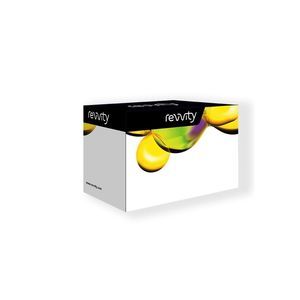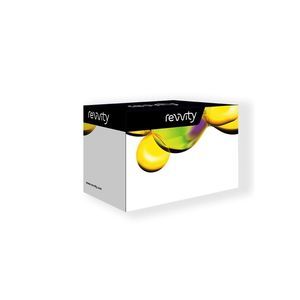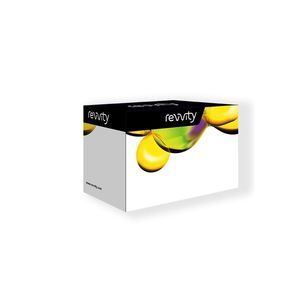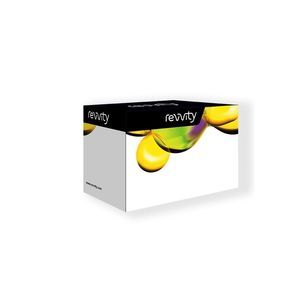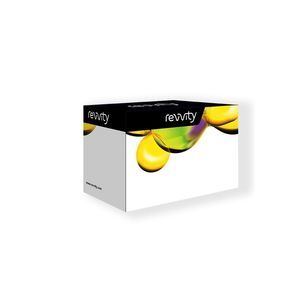
Infectious disease detection kit HTRFfor researchSARS-COV-2cell
Add to favorites
Compare this product
Characteristics
- Applications
- for infectious diseases, for research
- Micro-organism
- SARS-COV-2
- Sample type
- cell
- Analysis mode
- immunoassay
- Sample volume
0.016 ml
(0.00054 US fl oz)
Description
This HTRF kit is designed to detect SARS-CoV-2 Spike S1 proteins in cell lysates or cell supernatant, as a marker of viral infection.
OverView
The SARS-CoV-2 Spike S1 protein is one of two part of the virus Spike protein (S). The S1 subunit is responsible for the the virus interaction with host cells' transmembrane Angiotensin-converting enzyme 2 receptors (ACE2), while the S2 subunit is capable of conformational changes that allow the fusion of the viral particle envelope and host cell membrane upon S1/ACE2 binding. As such, the S1 protein is closely investigated for its role in viral infection and is reliable marker of infection as well as a potential vaccine immunogen target.
Other Specifications
Unit Size 500 Assay Points
How it works
SARS-CoV-2 particles are detected in cell lysates using a sandwich immunoassay involving an anti-S1 monoclonal antibody, labelled with terbium-Cryptate or d2, ensuring assay quality, reproducibility, and signal quality. The specific HTRF signal generated is proportional to the amount of S1 proteins.
The assay protocol, using a 384-well small volume plate or a low volume 96 well plate (20 µL final), is described on the right. 16 µL of cell lysates or control are dispensed directly into the detection plate for detection by HTRF reagents. The antibodies labelled with HTRF donor and acceptor can be pre-mixed and added in a single dispensing step to further streamline the assay procedure (4 µL), or separately (2 µL).
Catalogs
Related Searches
- Assay kit
- Solution reagent kit
- Blood assay kit
- Molecular biology reagent kit
- Serum assay kit
- Immunoassay assay kit
- Plasma assay kit
- Research reagent kit
- Infectious disease detection kit
- Diagnostic reagent kit
- Laboratory reagent kit
- Molecular test kit
- Optical assay kit
- Clinical assay kit
- Buffer solution reagent kit
- Fluorescence assay kit
- Tablet PC software
- ELISA assay kit
- Quality control reagent kit
- Research assay kit
*Prices are pre-tax. They exclude delivery charges and customs duties and do not include additional charges for installation or activation options. Prices are indicative only and may vary by country, with changes to the cost of raw materials and exchange rates.






